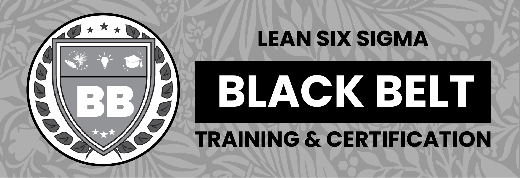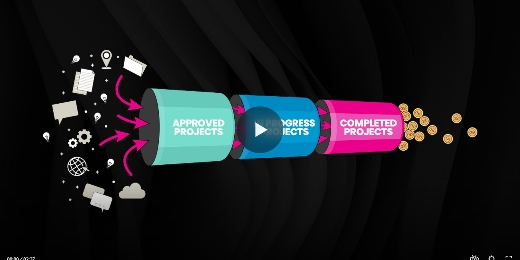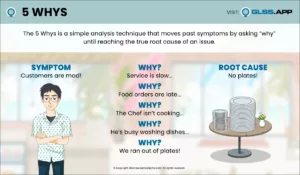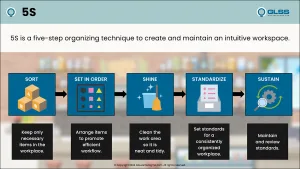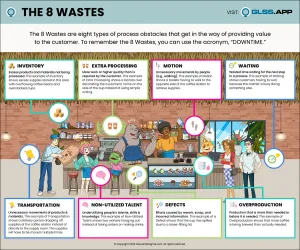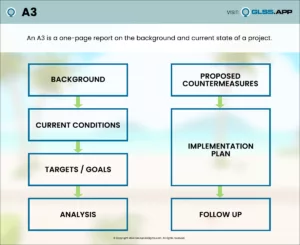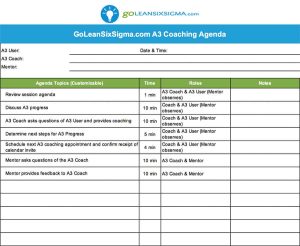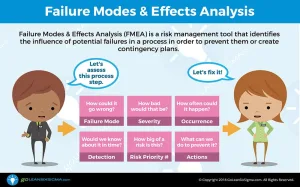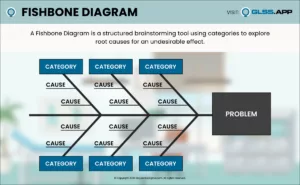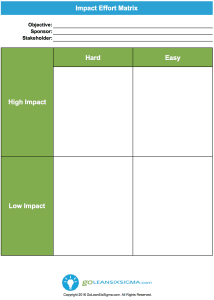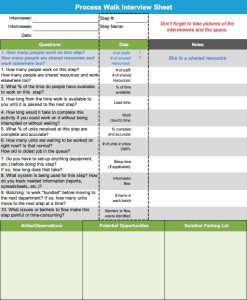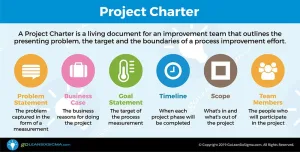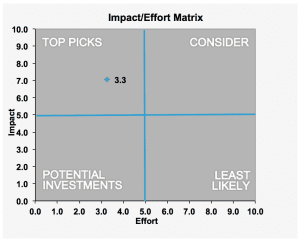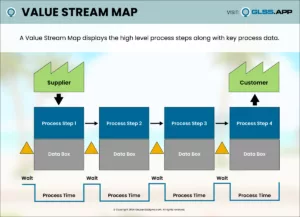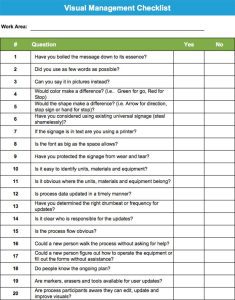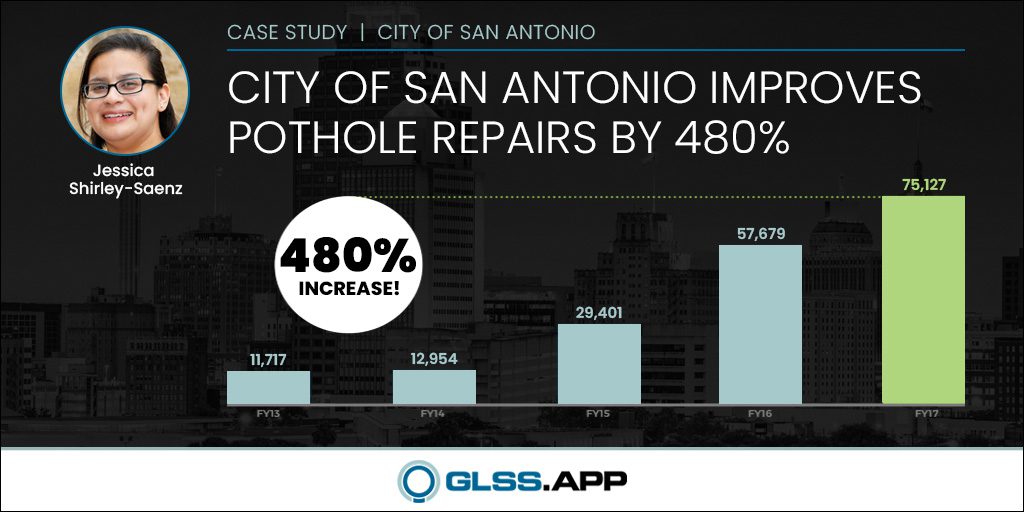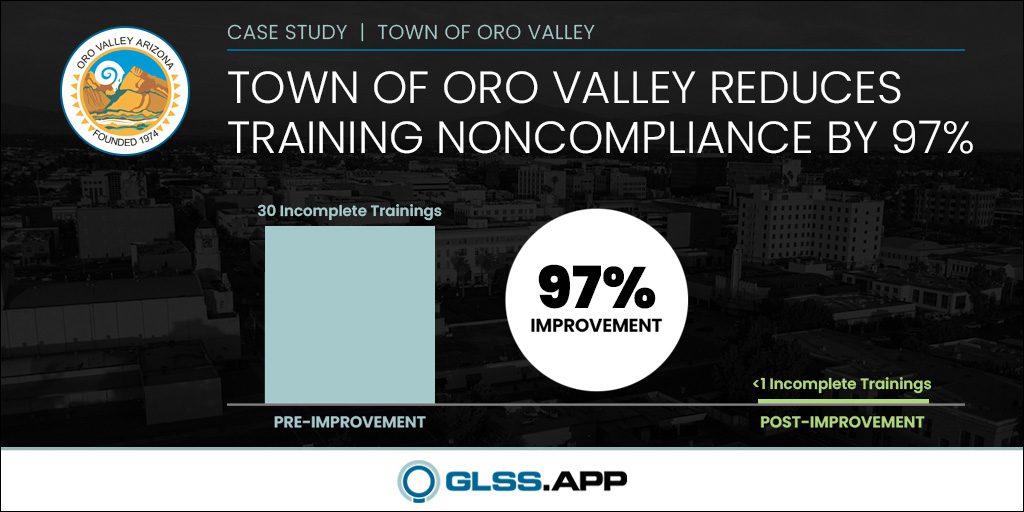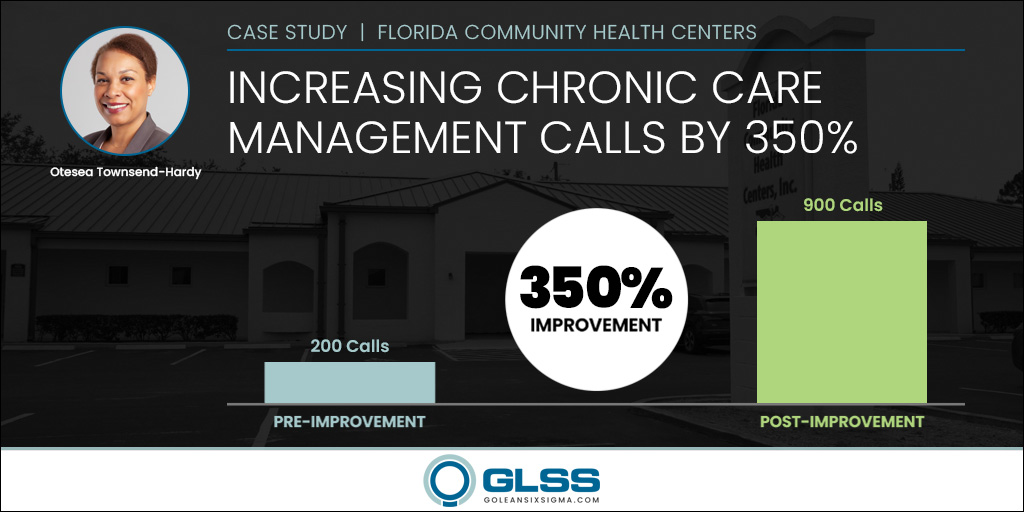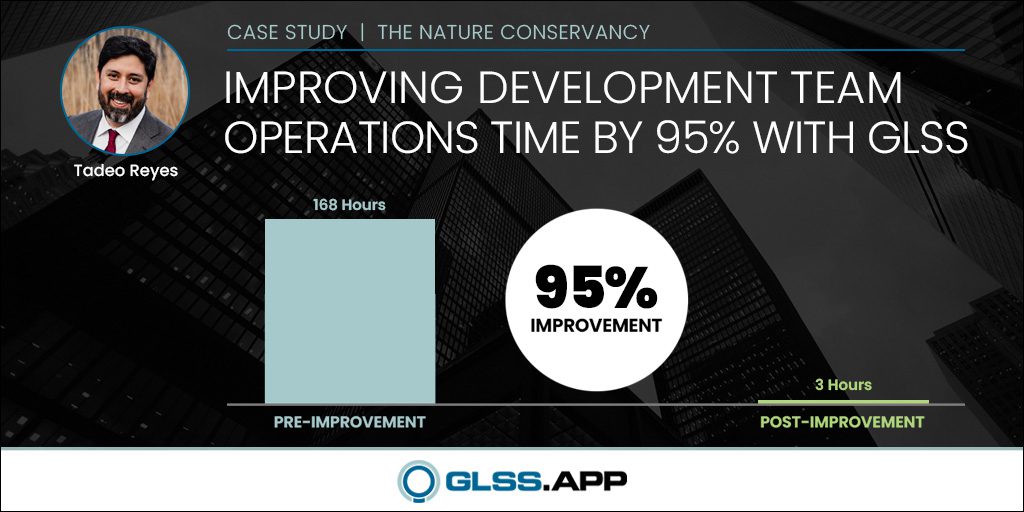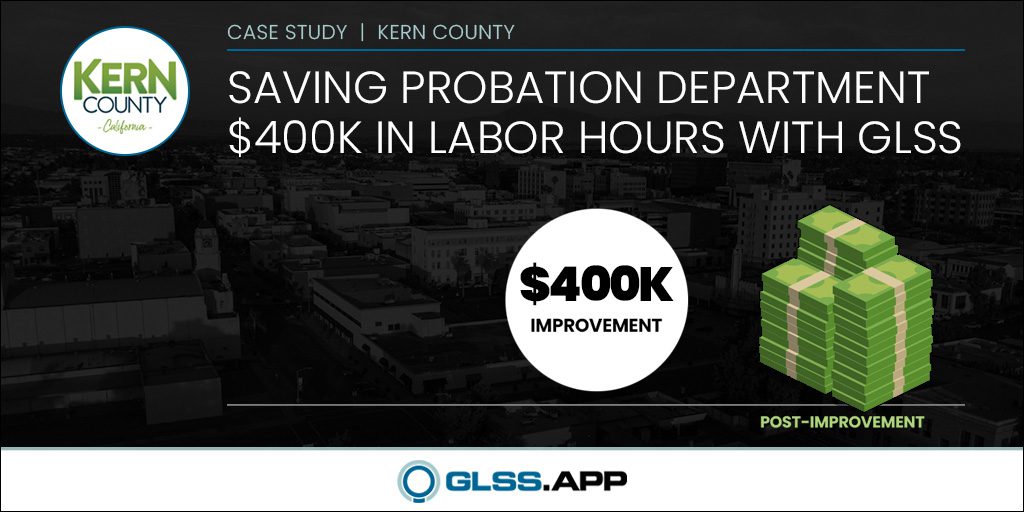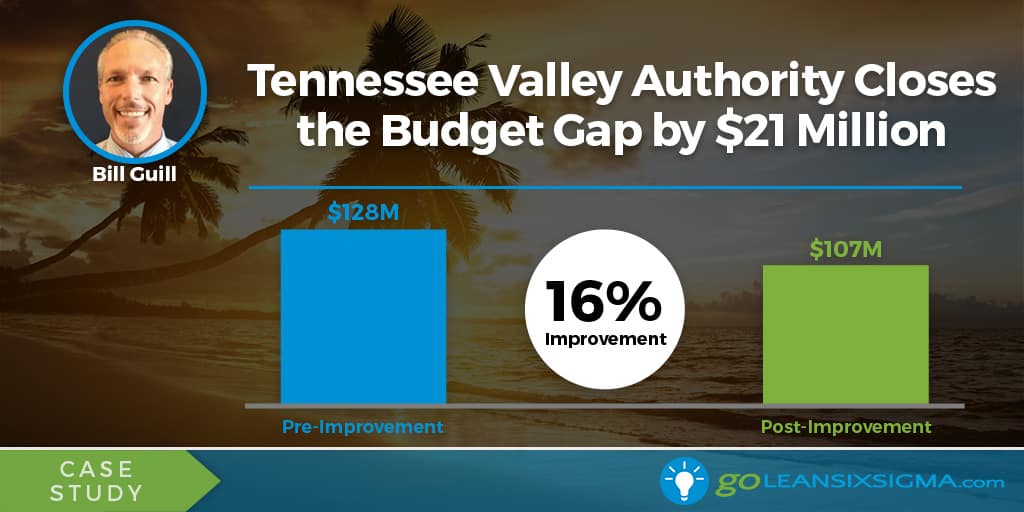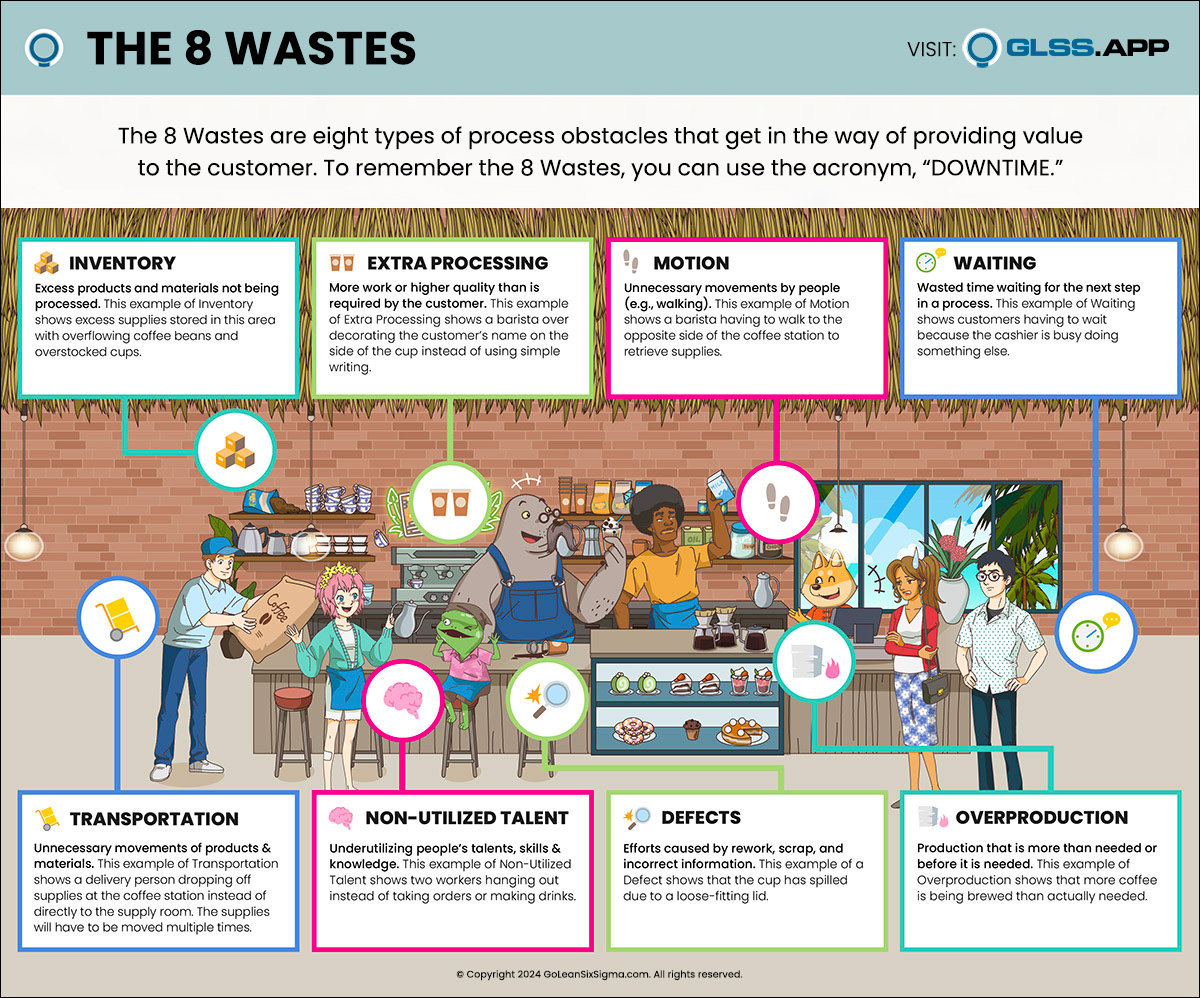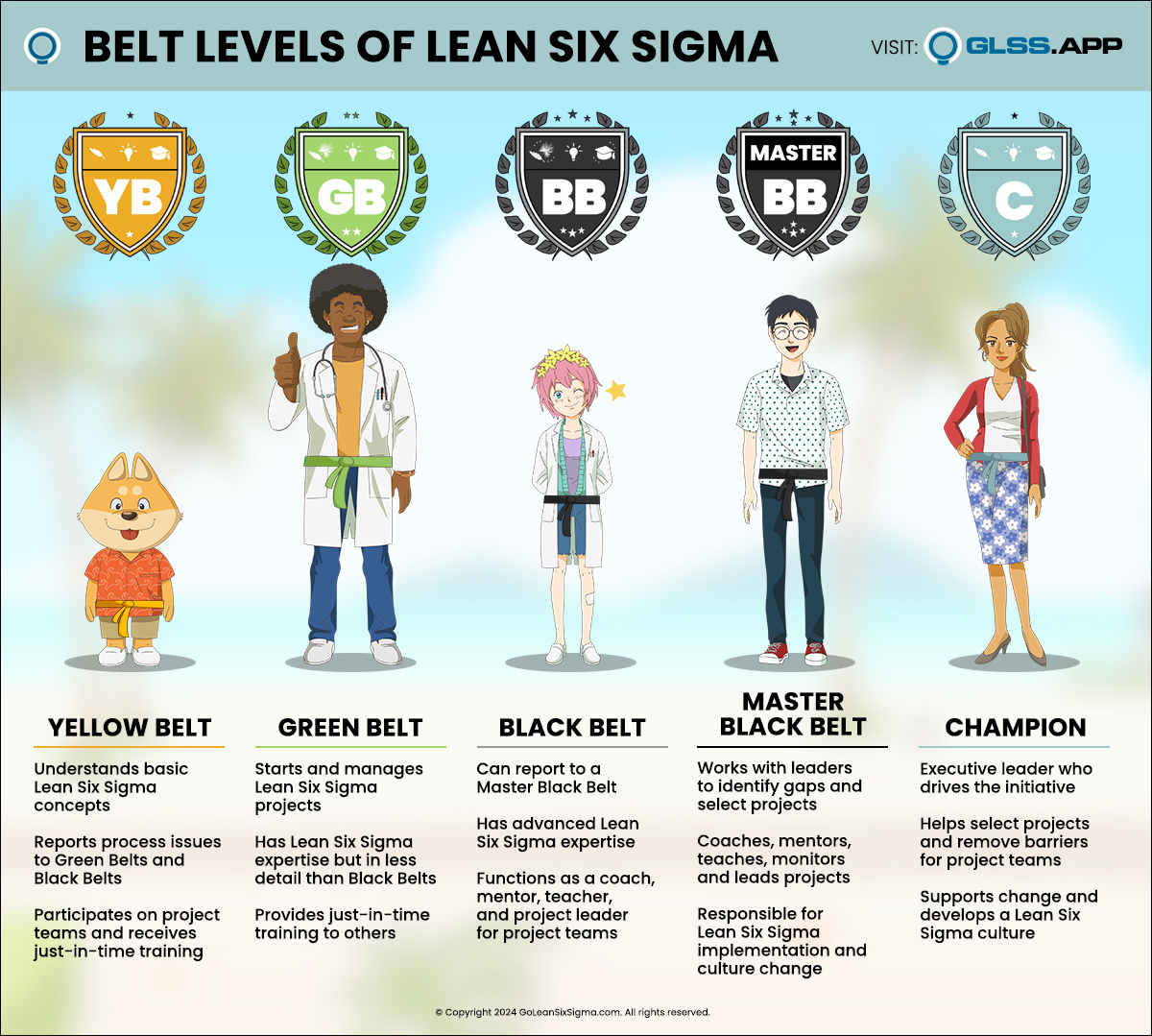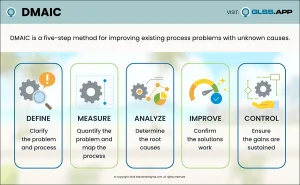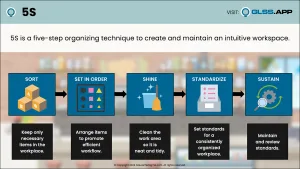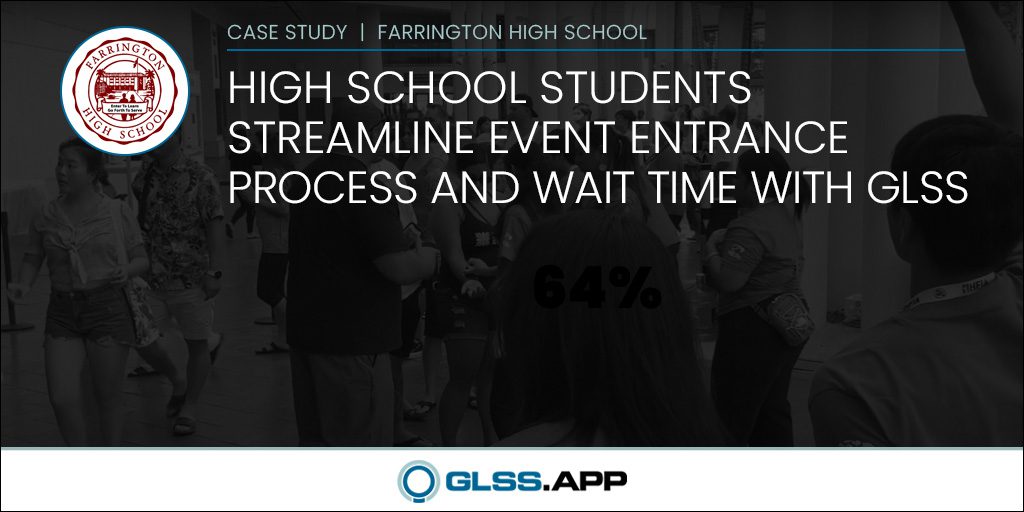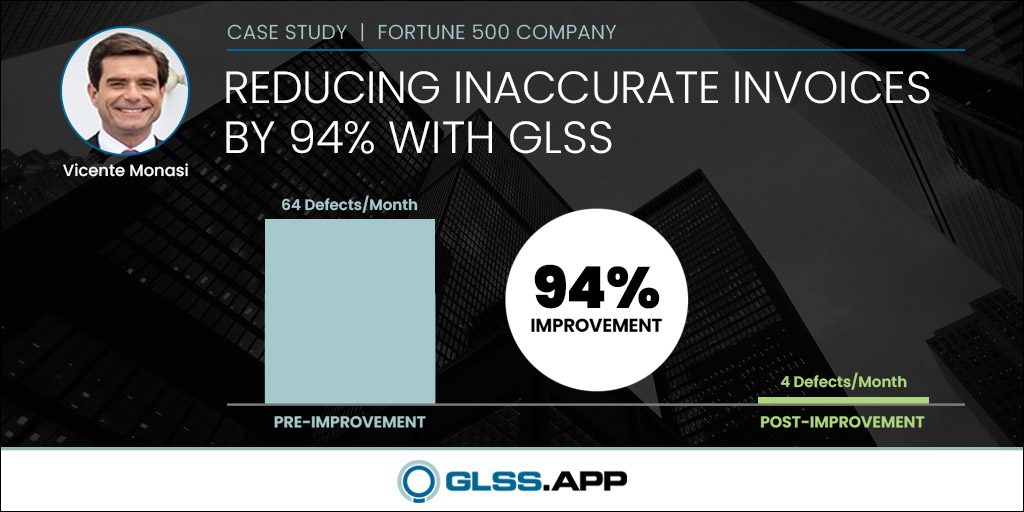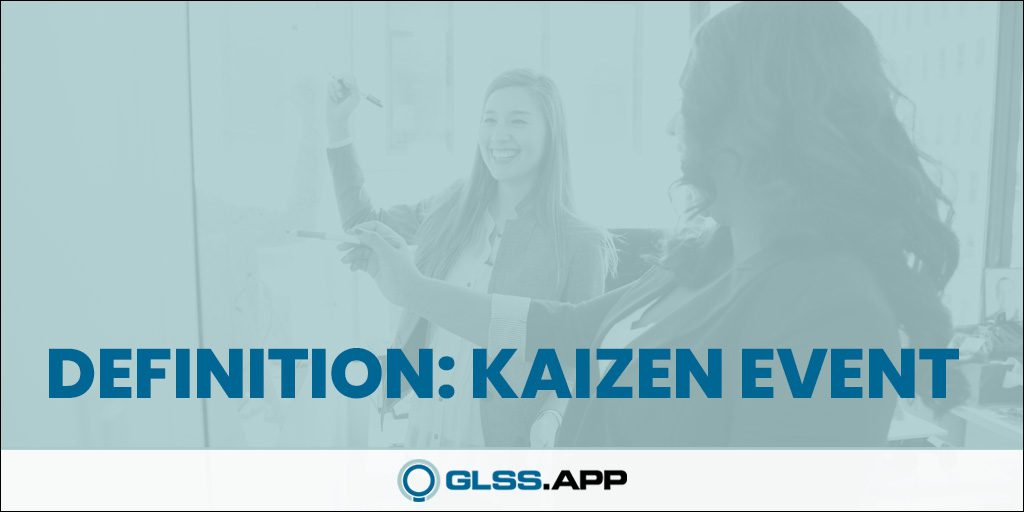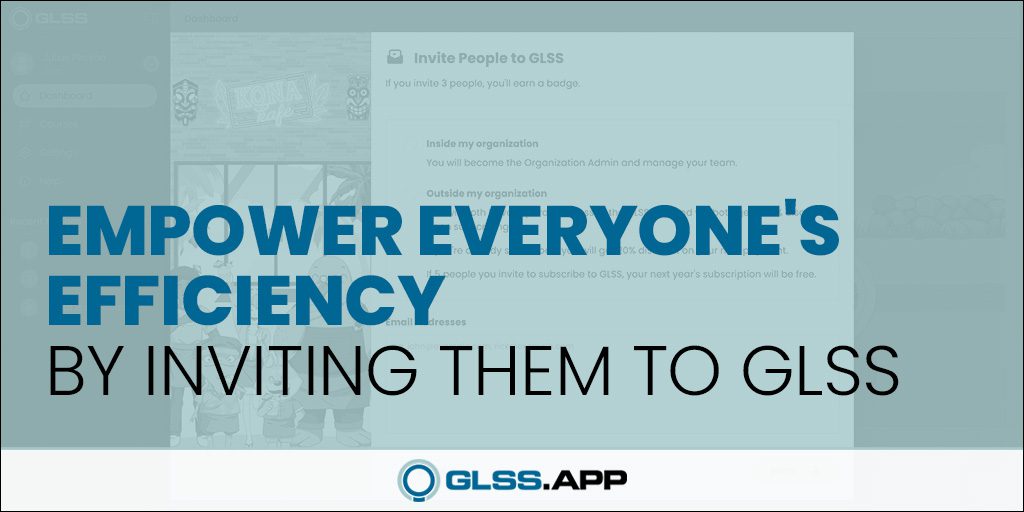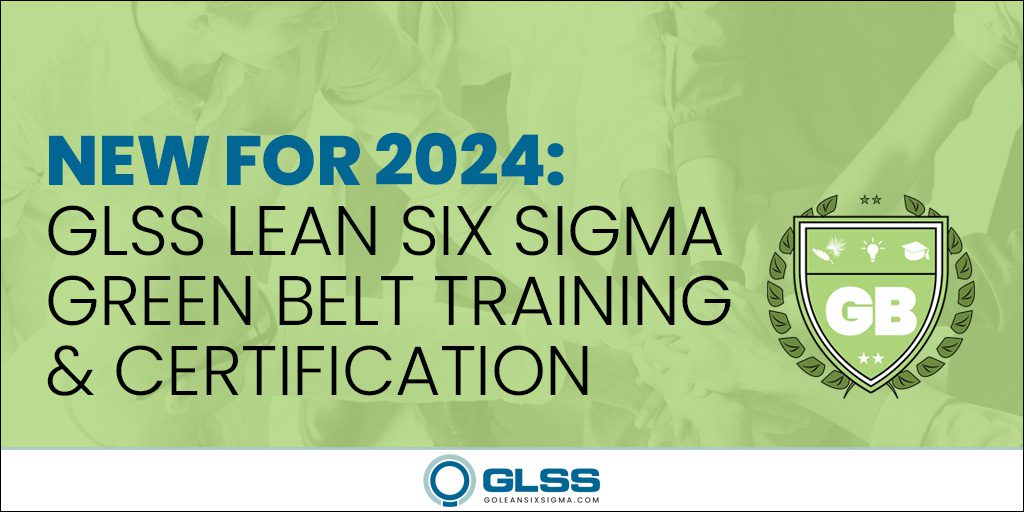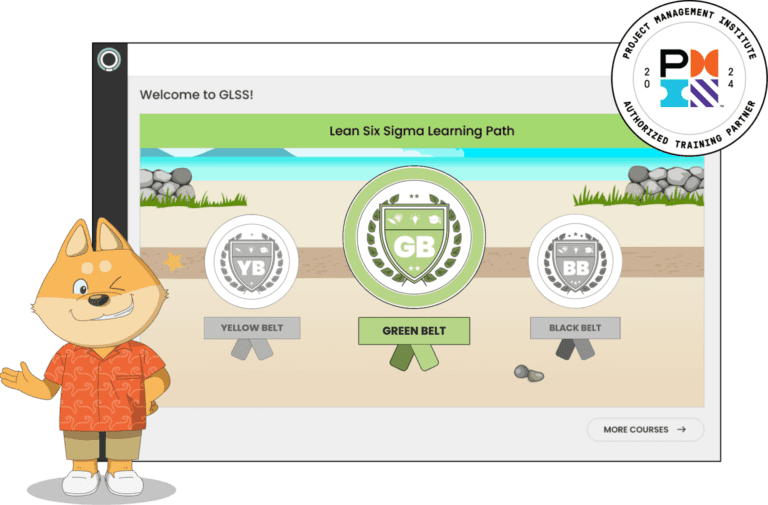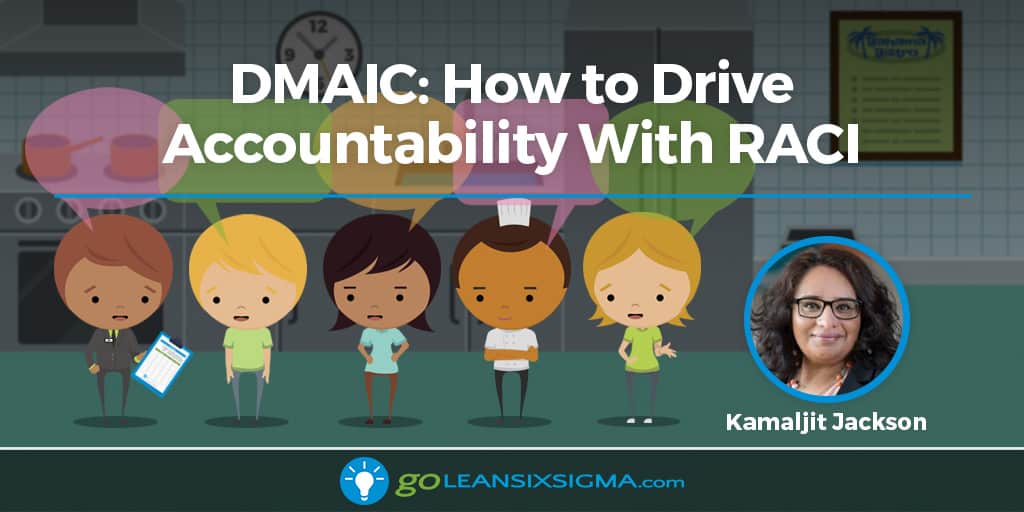
Have you ever worked with individuals named Everybody, Somebody, Anybody and Nobody? I have. Here is how the story unfolds.
“There was an important job to be done and Everybody was sure that Somebody would do it. Anybody could have done it, but Nobody did it. Somebody got angry about that, because it was Everybody’s job. Everybody thought Anybody could do it, but Nobody realized that Everybody wouldn’t do it. It ended up that Everybody blamed Somebody when Nobody did what Anybody could have.”
Pause for a moment…confused? Then you are in good company my friends! Today, I will share with you an accountability matrix I learned when first starting my Lean journey—no, not the Lean In book by Sheryl Sandberg and not the Lean in getting “thin,” but Lean Six Sigma—a methodology that respects people and their processes and creates buy-in for improvement/transformational activities.
I’m unsure how long RACI has been around, but I am grateful for the tool as it has helped me tremendously in ensuring tasks get completed while bringing the team along on a journey that removes silos and builds a collaborative, partnership-driven culture.
What Exactly is RACI?
RACI:
- R = Responsible
- A = Accountable
- C = Consulted
- I = Informed
Responsible: This person is the doer. They have to complete the task assigned. You generally limit this assignment to only one person since more than one person assigned can lead to duplication of work; however, the responsible person can ask others to help with the task (see C below).
Accountable: This person is where the buck stops; this individual is sought to assist in removing any barriers or to make any final decisions. This is the only member that can delegate to others on the team. Only one person can be the accountable party because if everyone is accountable—No one is. Ever heard of individuals named: Everybody, Somebody, Anybody and Nobody?
Consulted: This is the group whom the Responsible person will reach out to in order get information on the tasks and also involve others (departments or individuals) to assist with the task at hand; this is a two-step communication channel.
Informed: This group will get informed on the task that is being completed. This is a one-step communication channel.
Let me provide a couple of examples:

Wins, Action Items & RACI
Easy as one, two, three. When I build meeting agendas, the first item is always “Wins” from the team. This gets them talking and sharing all the neat things they have been working on and sharing their role in the success. The second item is “Action Items.” This is where I bring up the RACI template on the big screen and go through all the tasks on the Action Item Logger.
One-by-one, we go through the status of each item, adjust deadlines, update status, and make any notations on adjustments, assistance, or items completed. Action Item Logger can be created in a cloud-based project management platform or a simple Google Doc will do. You want to use a platform that allows the team to update simultaneously as they are working through their tasks (i.e. status updates).
RACI & DMAIC
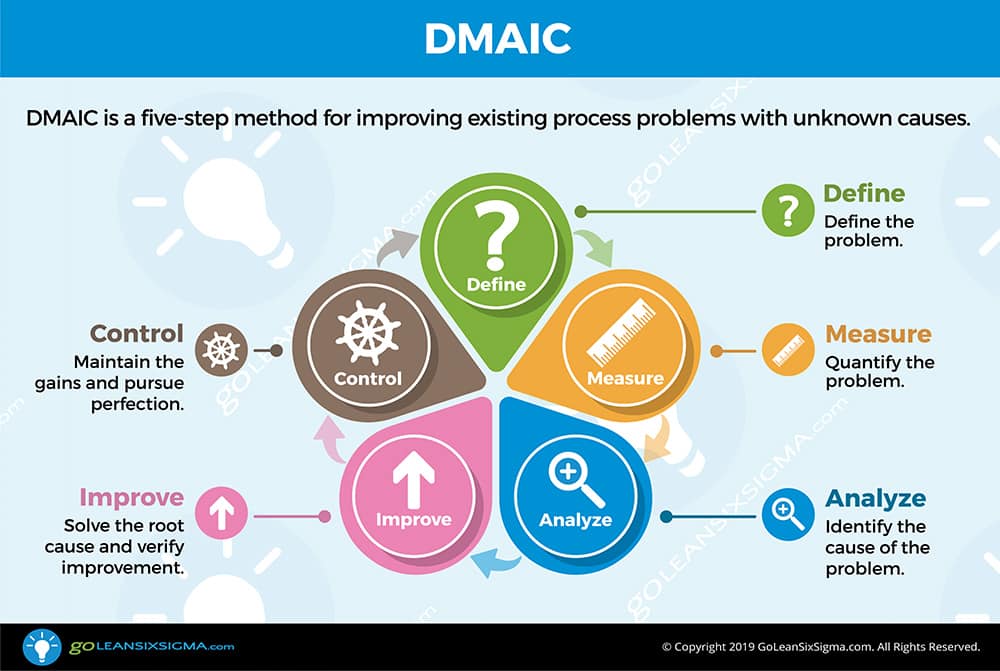
So how does RACI work within DMAIC? For those who may not know the DMAIC methodology—it is used in Lean Six Sigma to improve a current or build a new process.
DMAIC:
- D = Define: What is the problem you are trying to solve? This is where the Project Charter is drafted, project team members are selected, and objectives are developed.
- M = Measure: What data have you collected or will collect to shine a flashlight on the issues/symptoms of the problem?
- A = Analyze: What is the data telling you? This is where the data you have collected gets torn apart—making the data “bleed” so analysis of the information is thorough. This paves the way for an informed decision in the Improve Phase.
- I = Improve: Based on the data collected in Measure and analyzed in Analyze, what are the improvement solutions from the team? Where are the barriers and roadblocks that can be removed to make the process more seamless and less clunky? This is where you will build the implementation plan and timeline for deployment.
- C = Control: Review the full process after 6 months of deployment and recapture the initial data that was in “Measure” so you can see if the new process has improved or what additional changes may need to be made. In my opinion, this is the most important step in the DMAIC process as this will lead to sustainability of the new/improved process and building that culture of continuous improvement.
This is also the step where lots of projects fail because teams believe once they have fixed or built a process then all is “good to go.” Not true. It is only through the Control Phase that a team can ensure their process is reducing non-value-added activities and reducing the variation in the process.
RACI & the Define Phase
So, how does RACI fit? I build the RACI template immediately during the Define Phase because a lot of tasks will come up during the initial project team member selection. For example, who crafts the Project Charter, who will schedule the project team meetings, who will work with the Executive Sponsor on project objectives, who is the project lead?
These items are critical to begin any project and if you use the RACI tool, you begin the project with clear expectations of roles and responsibilities and get everyone on the same page so you avoid any confusion. Remember the short story we started with? You want to avoid the “Everybody/Nobody” problem and RACI is the right tool to ensure you do!
Your meetings will never be the same—RACI builds in accountability for self and for others on the team. It is a great builder of collaboration and provides information sharing/updates in real time.
RACI Challenges and Tips
I have trained many teams on the proper usage of RACI and, not to my surprise, teams get sloppy on updating items or take short cuts on clearly defining tasks—remember a tool is only as good as the data that is within it.
What has helped me not become captive to the tool is assigning one team member to be the “Responsible” scriber for the Action Item Log. That way there is consistency on how items are entered. I have had project teams that all take turns being the “Responsible” for the Action Item Log, which works well if all team members are provided training and expectations are set on how items will be entered and how often the Log will be updated.
Don’t let the tool be a burden. Rather, use it to help get all tasks completed on time and with a lot of help from all project team members. RACI allows for all project team members to have a stake in the project and its success. I always share with the teams I am leading that success is collective, but so is failure—we will not take credit for the former and pass the buck on the latter. All for one and one for all!
RACI is not about shaming team members, rather it provides an opportunity to ask “how can the team help or what barriers can we remove,” so we can reach this milestone together.
“Culture Eats Strategy for Breakfast”
You all know the famous Mr. Peter Drucker; he coined the phrase “Culture eats strategy for breakfast,” which essentially means that organizational culture is very powerful and that business leaders should keep that in mind when building strategy to ensure their culture is primed for any change efforts.
If not, new initiatives become the flavor of the month. Ever heard your colleagues who are resistant to change say, “I have outlasted the previous change efforts, and will definitely outlast this one too!” I certainly have, but that has not stopped me from continuing the march to excellence and working with the likes of Everybody, Somebody, Anybody and Nobody—one RACI at a time.
“Accountability – it is not only what we do, but also what we do not do, for which we are accountable.” – Moliere





